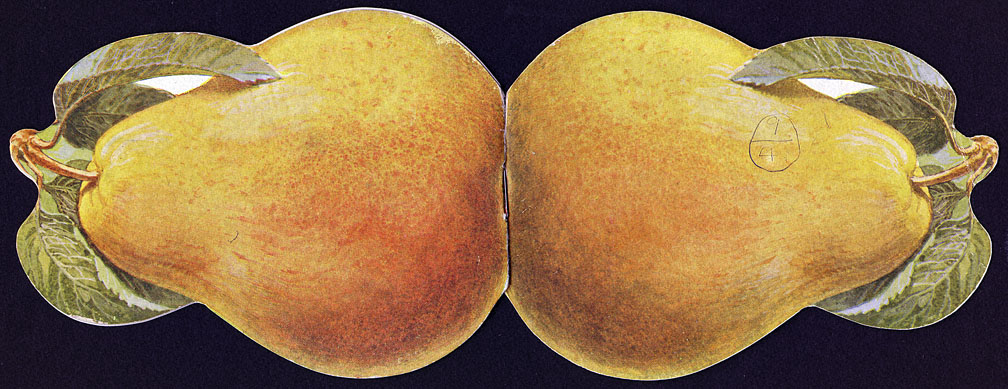- Catalog No. —
- Mss 6000
- Date —
- circa 1924
- Era —
- 1921-1949 (Great Depression and World War II)
- Themes —
- Agriculture and Ranching
- Credits —
- Oregon Historical Society
- Regions —
- Southwest
- Author —
- Medford Commercial Club and Ashland Commercial Club
Promotional Pamphlet for Oregon Orchards
In the 1920s, the Medford and Ashland commercial clubs produced this pamphlet to attract more people to Jackson County. The pamphlet extolled the climate and orchards of the valley, stating “a person who has lived here one year is never content again to live elsewhere.”
Early settlers moved into the Rogue River Valley in the 1860s, when farmers planted some of Jackson County’s first imported fruit trees, including apples, pears, cherries, and peaches. High fruit prices spurred a land boom in the county between 1900 and 1910 and the population jumped from 13,698 to 25,756 people. Farmers sold Pippin and Spitzenberg apples to distant markets, but low prices and apple blight influenced many farmers to plant pears trees, which grew well in the valley’s heavy clay soils and withstood cool night-time temperatures. Pears fetched high prices in London, New York, and Chicago until 1930, when the Great Depression and overproduction caused prices to plunge.
While some of the region’s farmers first used abandoned mining ditches for irrigation, the Fish Lake Water Company established the first irrigation canals in 1897, diverting water into the valley. In the 1910s, farmers organized to create more extensive irrigation canals and dams that soon watered up to 55,000 acres of land, providing more economic stability during dry summers.
While members of the local community first worked jobs picking, canning, and packing fruit, during the Great Depression migrant Euro American laborers did those jobs. In the 1940s, Mexican laborers worked in Jackson County orchards. The U.S. Government had initiated the Bracero Program, inviting Mexican citizens to come to the United States and work low-paying jobs.
Written by Kathy Tucker, © Oregon Historical Society, 2002.
